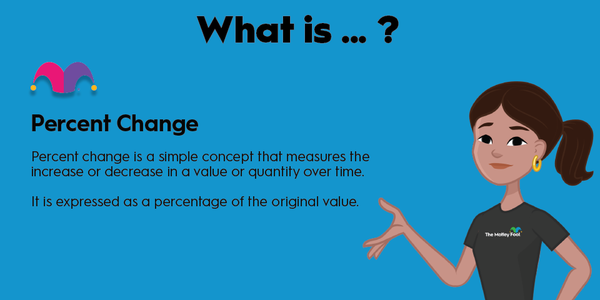Investors interested in the biotech industry really need a lot of specific information to make up their minds about a company. One thing they need is a way to examine clinical trial data: enter per-protocol analysis.
What is per-protocol analysis?
What is per-protocol analysis?
Per-protocol analysis is one way to examine clinical trial data. This is generally for companies in industries like biotechnology or pharmaceuticals, where clinical trials are crucial to the business, and it really does matter how data is reviewed since it can influence how well their products are received by licensing and regulating bodies.
In per-protocol analysis, data from patients who don't completely comply with the trial's parameters are excluded from the final results. This could mean they didn't take the medication correctly or dropped out of the trial entirely. Regardless of the why, something about their self-reporting and performance meant they violated the established rules of the trial.
Per-protocol vs. intention-to-treat
Per-protocol analysis versus intention-to-treat
There are two main types of analysis in clinical trials: per-protocol analysis and intention-to-treat analysis.
An intention-to-treat analysis is pretty much what most people assume happens in a clinical trial. People are separated into groups, they're given the medication or treatment (or a placebo) assigned to the group, and the results are recorded. Then, all the data is examined as a group, with no one thrown out of the final summary.
On the other hand, per-protocol analysis does the first few steps, but when it's time to analyze the data, anyone noncompliant or no longer in the study has their data excluded from the final analysis. Per-protocol analysis has been described as a way to estimate the effect of receiving a healthcare treatment, whereas intention-to-treat measures the effect of assigning a patient to treatment.
Potential issues
Problems with per-protocol analysis
There is no question whether per-protocol analysis is an important component of clinical trial data. However, sometimes it's used alone, and that's where the trouble starts. When the only data you have is based on per-protocol analysis, there can be several potential issues:
Violating randomization
In per-protocol analysis, randomization is thrown out the window as participants from the randomized groups are disqualified for various reasons. Randomization isn't totally random.
It's meant to be a controlled and balanced randomization that allows you to compare two mixed groups of people. When people start getting kicked out of the study data for any reason, different biases can crop up as the groups become increasingly less balanced.
Reducing the sample size
The sample size is everything when it comes to medical trials. The more people involved, the more impactful the results achieved and the conclusions reached. When people start going missing, it reduces the study's impact and can render it meaningless if enough people are removed.
Defeating the purpose of the study
Studies are generally done to better understand who benefits from medications and interventions and how. If people drop out because the medication isn't helping or is making things worse, they must be counted, too. It's hard to see the true percentage of people a medication is helping if you don't count the people who withdrew due to noncompliance (which also happens in real-life medical practice).
Related investing topics
Why it matters to investors
Why per-protocol analysis matters to investors
When you're investing in any sort of medical technology, you need to really understand how useful it is, whether it will actually have a market, and how that will affect the value of the company. If a company opts to provide only per-protocol analysis, it won't give you a very good picture of what's happening and may even be an attempt to mask problems with the intervention itself.
On the other hand, if you're investing in or examining a company that provides per-protocol analysis and other types of data, like intention-to-treat analysis, you'll get an amazing look into just how the intervention works (or doesn't).
It's good to see all the parts at work -- even when the science doesn't pan out -- because you know the company isn't trying to hide anything. This is why regulators generally won't accept per-protocol analysis alone for approvals on these types of products.




































































